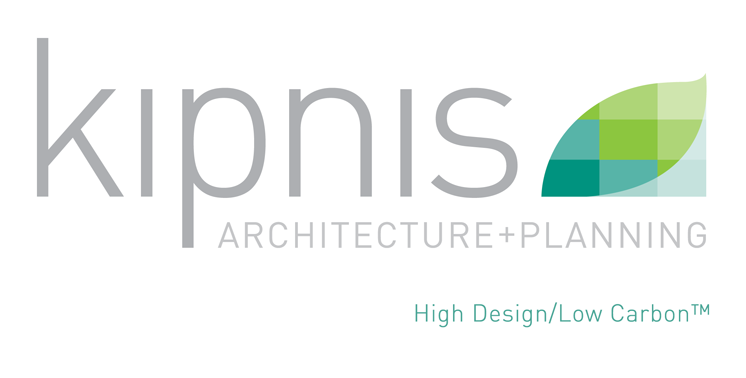The 2030 Commitment
The AIA’s 2030 Commitment is a program designed to provide architects with feedback on their design’s carbon footprint so theycan work towards significant CO2 reductions. The program’s mission statement is “to support the 2030 Challenge and transform the practice of architecture in a way that is holistic, firm-wide, project based, and data-driven. By prioritizing energy performance, participating firms can more easily work toward carbon neutral buildings, developments and major renovations by 2030.’
The 2030 Challenge was developed by architect Ed Mazria in 2006 to address the fact that buildings are responsible for approximately 40% of CO2 emissions. Therefore. he reasoned, to help solve climate change, building design must move to net zero designs in a logical and stepped approach.
The most recent report from the UN’s Intergovernmental Panel on Climate Change (IPCC) makes a stark case for rapidly reducing the global CO2 output to hold atmospheric warming to 1.5ºC. With the obvious increase in hurricane activity, flooding and wildfires over the last few years, the “signal” has clearly appeared over the background “noise” – climate change is very real and we all must make significant efforts to address and correct it.
How the 2030 Commitment Impacts our Work
My firm has been a part of the program since 2009, when the AIA formally adopted the principals of the 2030 Challenge. I have been a member of the 2030 Commitment Working Group since 2009. Since the beginning of 2018, I began my two year term as the national co-chair of this group.
There are four parts of the 2030 Commitment: 1) signing on to the Commitment, 2) modeling each project for its energy use, 3) producing a Sustainable Action Plan for the office that outlines how the office ‘walks the walk’, and 4) reporting the energy use of each project into the Design Data Exchange (DDx).
The rigor of the program establishes a format for reporting the energy modeling of designs. The 2030 Commitment impacts our firm’s culture by making everyone involved in the design process aware of our energy reduction targets and working as a team towards meeting or beating those targets.
Similar to driving a really efficient car, like a Prius or a Tesla, the DDx dashboard gives instant feedback on how we are doing. Similarly, when designing a building, we perform energy modeling early and often. This gives critical feedback when the designs are still very fluid, allowing us to decide how best to shape and orient a building at these early stages, and as the design is fine tuned, additional direction on how to detail the building and integrate and select the various components.
A Holistic Design Process
The current goal of the 2030 Commitment is to be designing buildings at 70% better than the 2003 equivalent baseline. As of 2017, only 560 projects out of nearly 10,000 projects submitted to the 2030 Commitment have met or exceeded this target. Of the 10 to 12 projects that we submit each year, we have had three projects in both 2016 and 2017 meet that difficult goal, in the Midwest’s challenging climate. Our other projects have generally been very close to the 70% goal, making our firm-wide average in 2016 at 62%, well above the 42% average for all 2030 signatory firms.
While we embrace the challenge of the 2030 Commitment, we don’t let it negatively impact our designs. In fact, we take the technical influences that are required and artfully blend them into our designs. They become the The 2030 Commitment Energy Energy Model rationale for our design decisions and help add meaning to our projects, for both our clients and the environment.
Ultimately, the 2030 Commitment is another evolution in architecture and design. When we look back to how classic architectural styles evolved, those styles were influenced at the time by the local climate, materials and culture and were brought up to date by integrating the best and most appropriate technology solutions, verifying the design’s environmental performance, and developing the most appropriate architectural solution for a specific project. This is how we create beautiful, sustainable and resilient homes!







